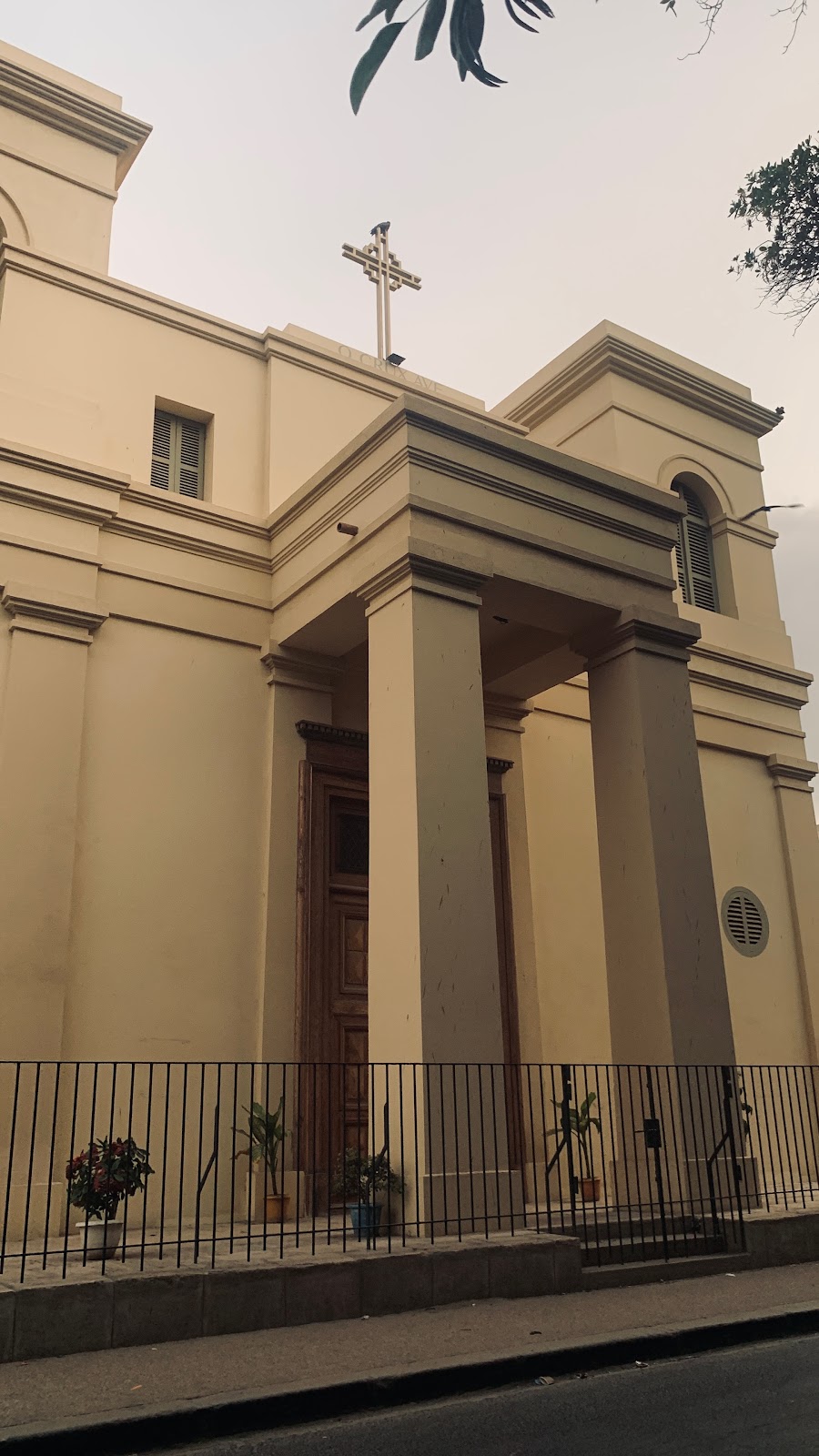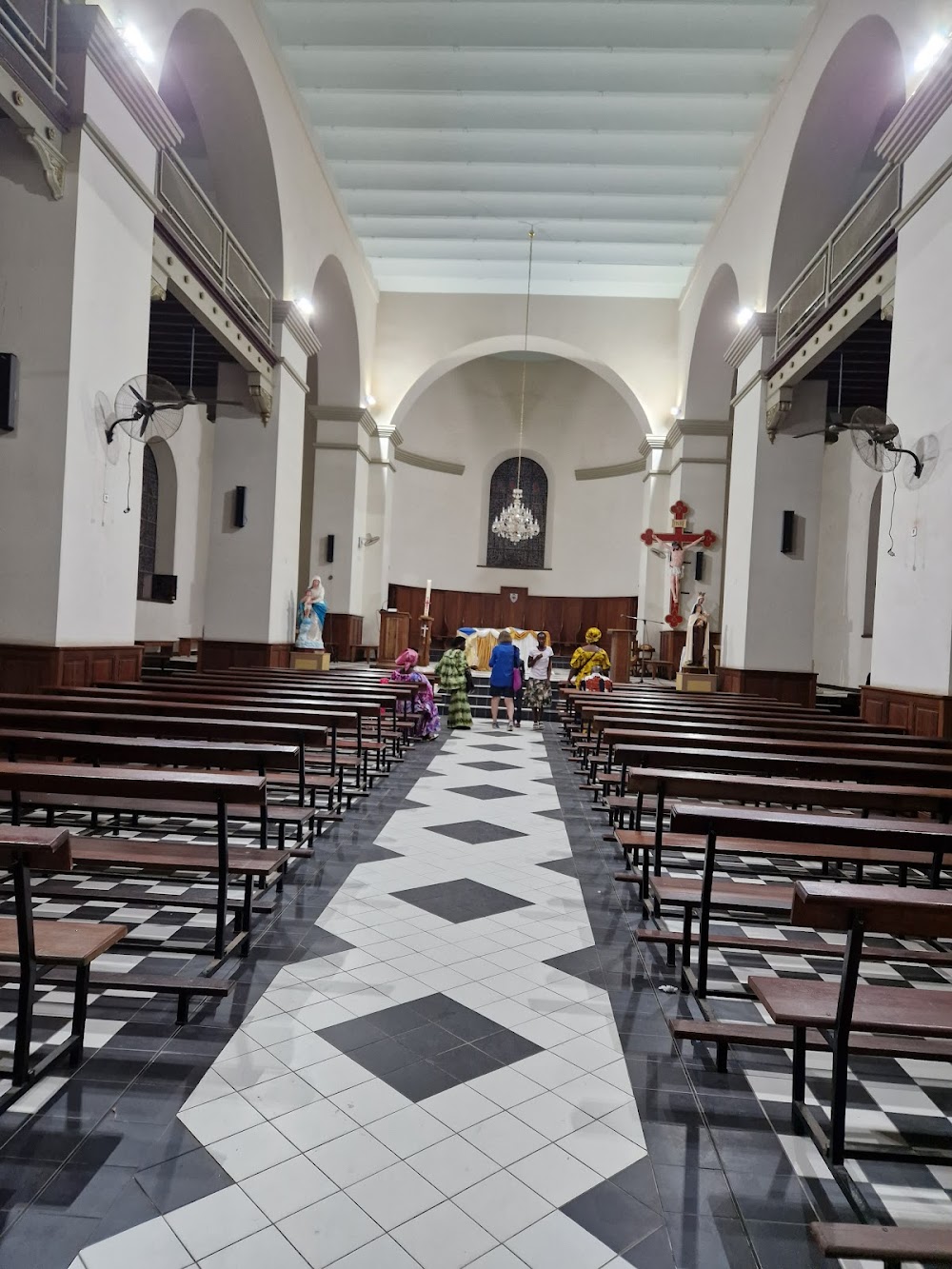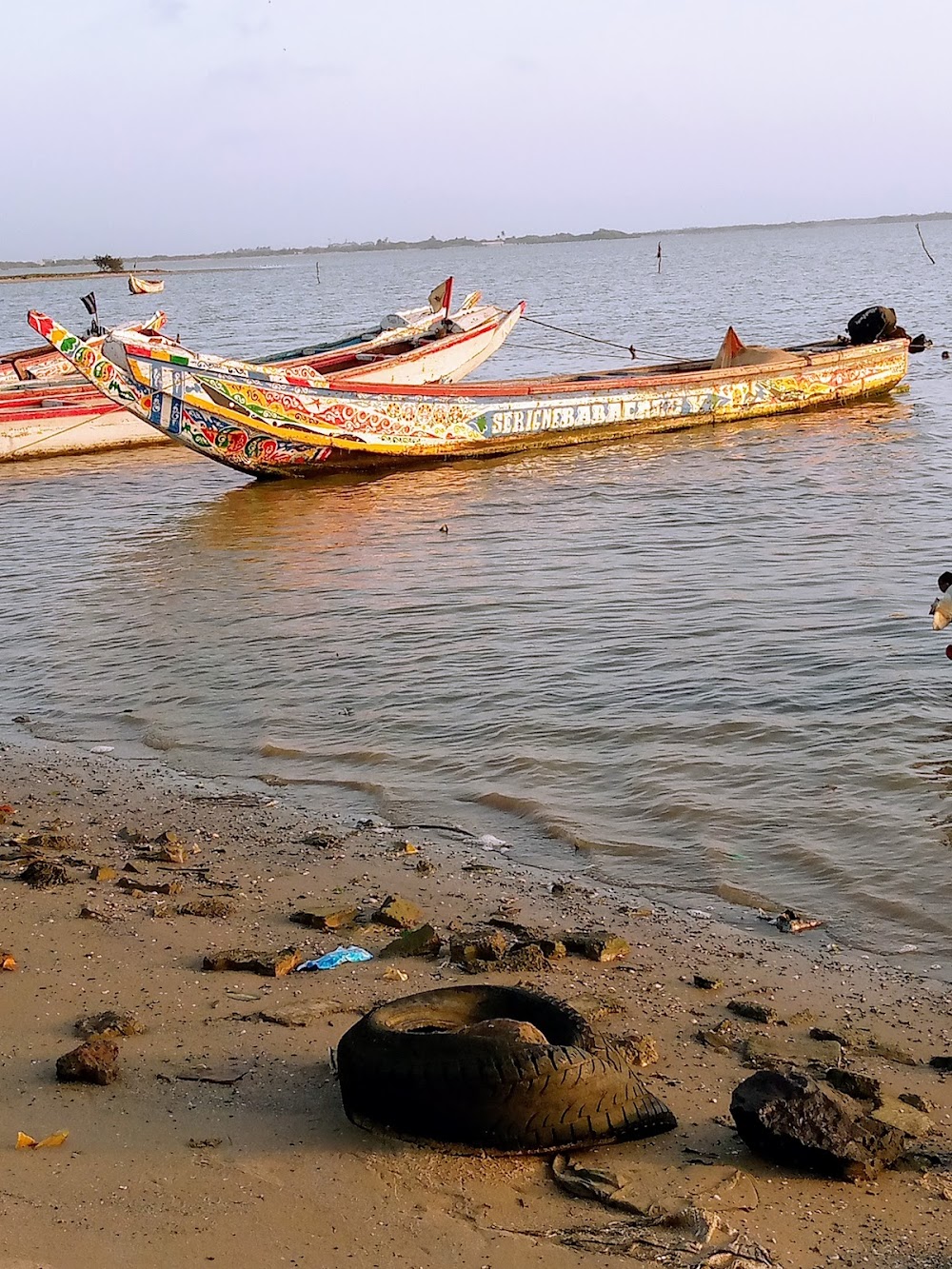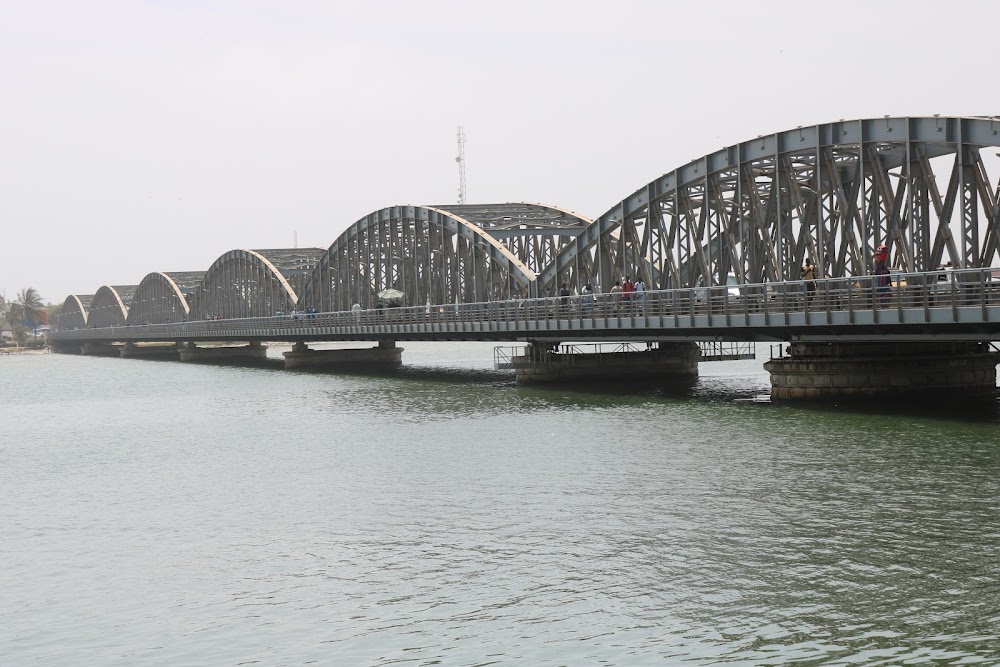Saint-Louis Cathedral (Cathédrale de Saint-Louis)
Overview
The story of L’église Saint-Louis-en-l’Île, commonly known as Saint-Louis Cathedral in Senegal, is a captivating narrative woven from threads of colonial history, architectural brilliance, and deep-rooted faith.
In the mid-19th century, the charming island city of Saint-Louis, positioned at the mouth of the Senegal River, emerged as a pivotal center for French colonial administration in West Africa. As the French colonial population grew, there arose a pressing need for a place of worship. Thus, L’église Saint-Louis-en-l’Île was conceived, envisioned as a beacon of the Catholic faith and a testament to French influence in the region.
The cathedral's construction commenced in 1827 and spanned several years, embodying a collaborative effort between French missionaries and colonial administrators alongside skilled local craftsmen. Officially dedicated in 1828, this architectural gem is one of the oldest Christian structures in West Africa. Built with locally sourced materials, including riverbank clay bricks and timber from nearby forests, the cathedral reflects a blend of local craftsmanship and colonial ambition.
The neoclassical style of the cathedral showcases France's architectural influence. Its grand façade, embellished with columns and pilasters, exudes a sense of majesty. Inside, soaring ceilings and expansive windows create an airy ambiance. The later-added stained-glass windows depict various saints and biblical narratives, bathing the interior in a kaleidoscope of colored light.
Over the years, L’église Saint-Louis-en-l’Île has undergone several renovations to maintain its integrity. At the dawn of the 20th century, the original wooden roof was replaced with a more resilient metal structure, and modern conveniences such as electric lighting were introduced. Despite these enhancements, a conscious effort was made to preserve the cathedral’s historical character and architectural significance.
More than just a site for worship, Saint-Louis Cathedral serves as a vibrant community hub and a historical landmark. It has hosted countless religious ceremonies, including weddings, baptisms, and funerals, embodying the spiritual life of the community. During festive occasions like Easter and Christmas, the cathedral comes alive with local traditions that intertwine seamlessly with Catholic rituals, resulting in unique and spirited celebrations.
Throughout periods of political and social change, the cathedral has stood as a symbol of stability and continuity for the people of Saint-Louis. It has witnessed the evolution from colonization to independence, from the establishment of French West Africa to the emergence of modern Senegal in 1960. Despite these transformations, the cathedral's role as a spiritual and cultural cornerstone has remained steadfast.
Today, both tourists and locals flock to the cathedral, drawn by its stunning architecture, rich history, and the opportunity to partake in its ongoing traditions. It functions not only as a vibrant place of worship but also as a living testament to the intricate and significant history of Saint-Louis, Sénégal's first colonial capital.
Throughout its nearly 200-year existence, L’église Saint-Louis-en-l’Île has exemplified resilience and adaptation, mirroring the enduring nature of faith and the evolution of a community. Its stone walls and stained-glass windows narrate the stories of generations past, standing as a witness to the legacy of those who crafted and nurtured it for future generations.
Ultimately, L’église Saint-Louis-en-l’Île remains a living monument, interweaving the rich history of Senegal with its dynamic present and hopeful future, truly a cornerstone of the city of Saint-Louis.







